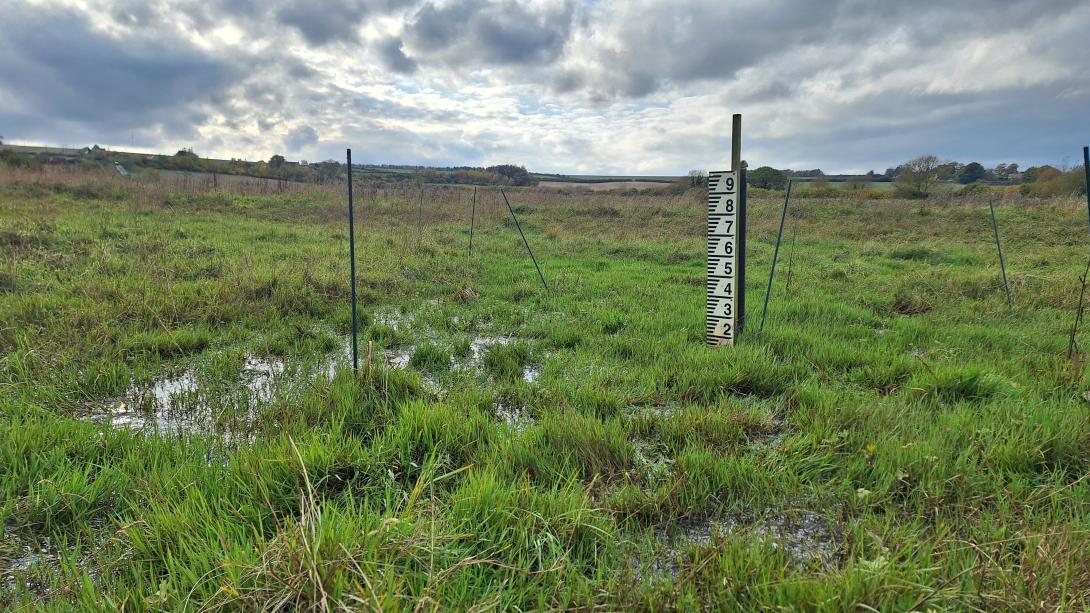As nature-based solutions gain momentum across Europe, a new study from SpongeScapes Italian partners from the University of Padova broadens the lens on how we evaluate sponge measures (Natural Water Retention Measures -NWRMs - in their article)— going beyond flood mitigation and groundwater recharge to also consider, among others, social and economic dimensions.
A More Complete Framework for Evaluation
The study proposes a structured approach to classify both positive (benefits and co-benefits) and negative (trade-offs) impacts of sponge measures, for example:
- Primary benefits: flood and drought mitigation, groundwater recharge
- Co-benefits: improved air and water quality, biodiversity, soil health, but also human health and social cohesion
- Trade-offs: rising land values and rents, new maintenance costs
Importantly, the research highlights non-biophysical impacts, leading to various co-benefits like social equity, access to green space, and economic displacement—which are often overlooked.
To support better assessments, the study proposes a set of indicators, ranging from hydrological (to measure runoff reduction or flood peak delay) to socio-economic and citizen wellbeing metrics (like hospital admissions and the number of people engaging in outdoor activities.)
Why Time and Scale Matter
One of the study’s strongest messages? Impacts don’t all appear at once.
- Some benefits show up quickly (like green space access), while others (like air quality or social wellbeing) take years.
- Some trade-offs may only emerge over time—such as rising rents or changes in seasonal energy use.
Evaluating sponge measures requires monitoring over time and adapting to different spatial and social contexts.
A Call to better assess socio economic impacts
Another important message of their paper is that socio-economic benefits or trade-offs remain under-assessed. The authors call for greater integration of social sciences into sponge measures evaluations—highlighting that sustainable sponge landscapes must balance ecology, economy, and equity.
Interdisciplinary research is essential to design interventions that are not only technically sound but also fair, accepted, and sustainable in the long term.
Read the full article on Zenodo.
Credit picture : SpongeScapes, Wallingford, 2025
